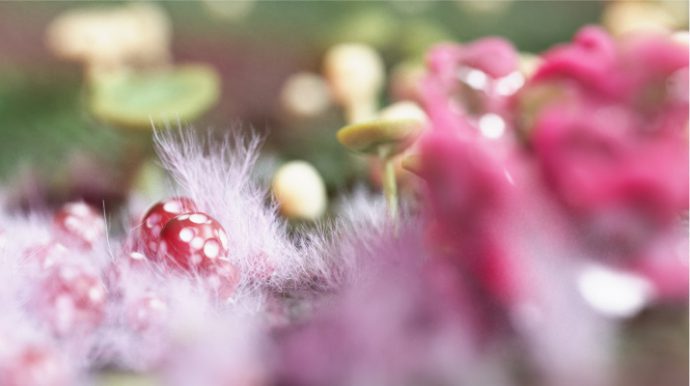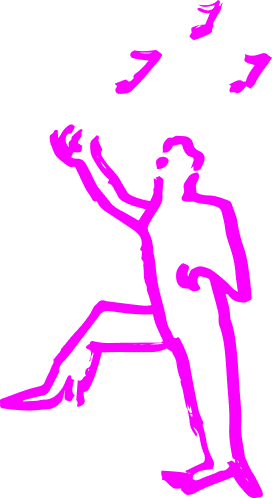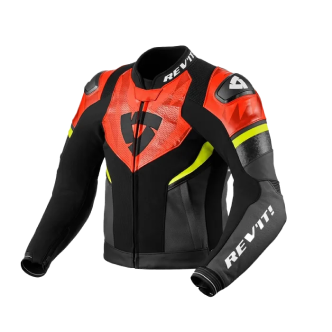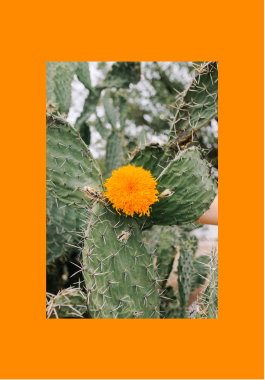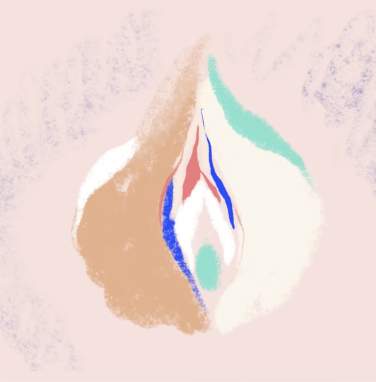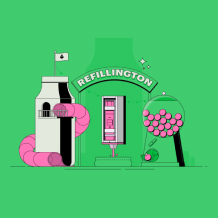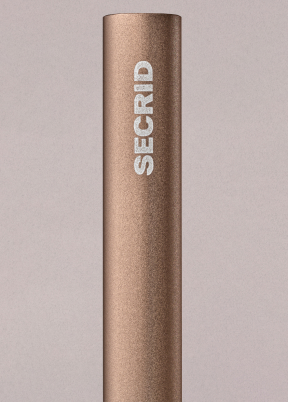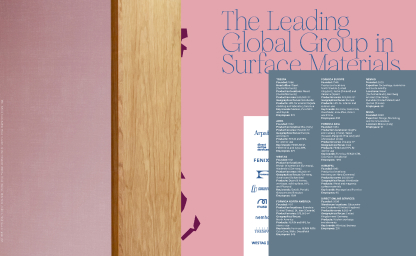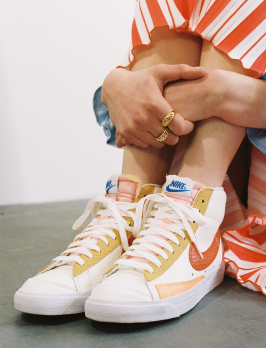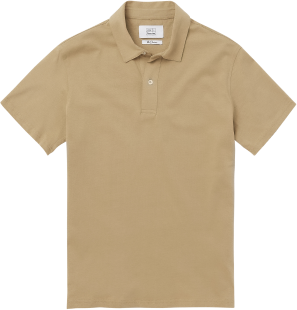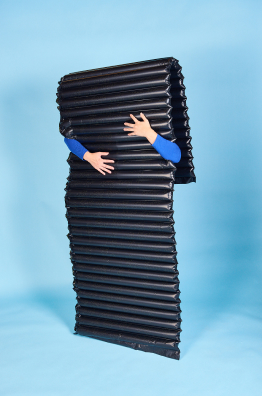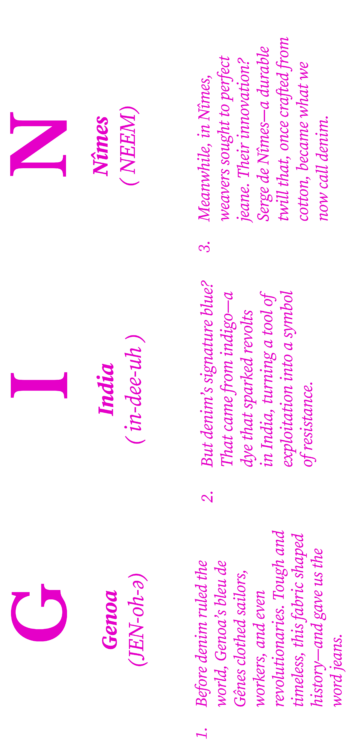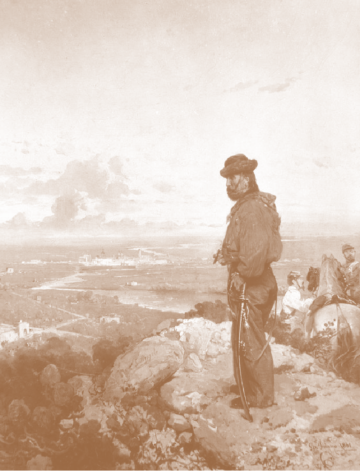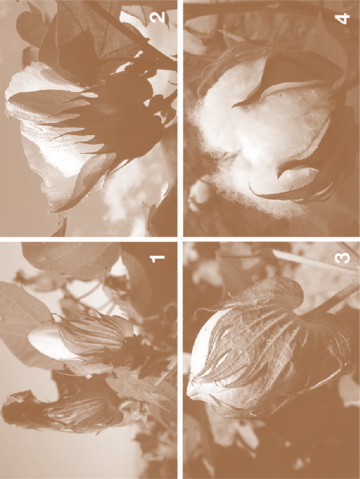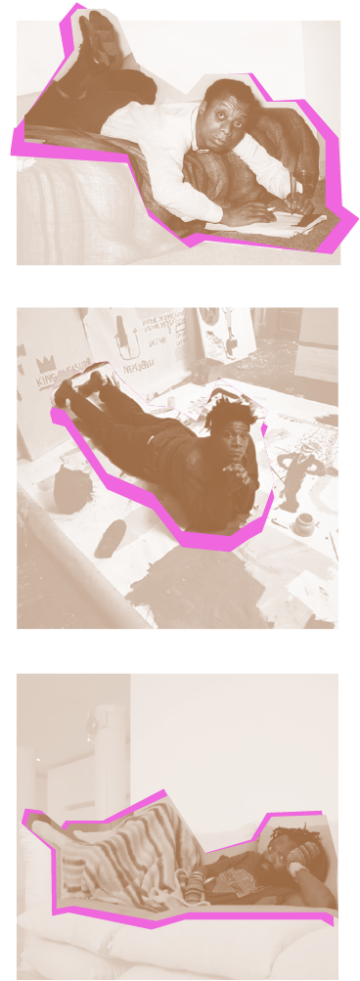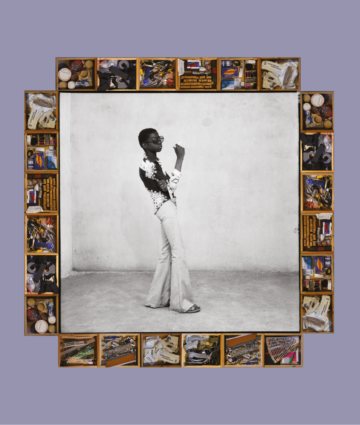Denim? Where does denim come from? What is denim made of? What is indigo? And what is its story? From dusty archives to the urban streets — Who are the people that made denim? What does denim mean to us, to the ones who don’t know much, the ones who can’t get enough? But wait, what is thread?How can production and culture ever be interwoven?

- The Burried Roots
- Unravelling the common thread
- Reality of Cotton Plantations
- Denim Tears
- The Burried Roots
- Unravelling the common thread
- Reality of Cotton Plantations
- Denim Tears
- The Burried Roots
- Unravelling the common thread
- Reality of Cotton Plantations
- Denim Tears
- The Burried Roots
- Unravelling the common thread
- Reality of Cotton Plantations
- Denim Tears

In 1969, a writer for American Fabrics magazine declared, “Denim is one of the world’s oldest fabrics, yet it remains eternally young.” What a perfect fit.
Our second is called ‘The Young Question Denim.’

Like denim, our research weaves overlapping threads into a sturdy fabric—one that, if we’re lucky, ages gracefully. It’s not just about denim itself but the ideas and values it represents. Rather than chasing brand-new information, we use denim as a launchpad for broader exploration, reshuffling perspectives.
Denim tells stories of tension and softness, unity and division, reflecting shifts in class, politics, history, and creativity. It’s a material shaped by time, wear, and cultural change.
To enrich your reading experience, we’ve curated a musical catalog—its length and order designed to complement the journey, adding another layer to the story.

Soft, white, warming, fluffy. Cotton. A daily life commodity. Take today for example, maybe you woke up in pajamas, in your bedsheets, used a towel, put on your underwear, jeans, shirt, socks.
You see the point, cotton is everywhere.
It’s easy to forget, but cotton is more than fabric—it’s the most widely used natural fiber in the world, making up 80% of global production. Denim, for example, is measured by weight: lightweight at 5 ounces per square yard, mid-weight around 12, and heavyweight at 16 or more. A single cotton plant produces about 13 bolls, each holding just 2 grams of fiber. It takes 27 plants to make the fabric for one sturdy 24-ounce pair of jeans.
But cotton’s story doesn’t end there. Every part of the plant is used—fibers for fabric, linters for paper and even explosives, cottonseed for cooking oil and livestock feed, and stalks for enriching the soil. Nothing is wasted.
Long before European settlers grasped its value, cotton had already shaped civilizations. The Hohokam, known as the “masters of the desert,” cultivated cotton along Arizona’s Salt and Gila Rivers, their sophisticated irrigation systems sustaining communities for centuries. Then came European colonists, who planted the first cotton seeds in Florida in 1556. What followed was a shift—cotton transformed from a resource into an empire, entwined with labor, power, and profit.
By the 19th century, cotton fueled industry, wealth, and systemic exploitation. The 1619 Project reminds us: America’s rise was built on forced labor, on land and stories often erased. Nikole Hannah-Jones revisits her father’s birthplace—Greenwood, Mississippi, the “Cotton Capital of the World”—tracing a legacy of resilience and reckoning.

To understand denim, we must confront cotton’s past. And to engage with history, we must tell every story, not just the ones that comfort us.
Throughout our journey, we took detours and deep dives. Denim Detours are unexpected stories too valuable to leave behind, while Deep Dives offer a closer look at topics worth highlighting. Both celebrate denim’s history, culture, and craft, inviting curiosity and exploration.
Denim Detours
→ Issue Five: On Slowness Vestoj
→ Seydou Keïta, André Magnin
→ NIGÖ
→ The wretched of the earth by Frantz Fanon
→ Levi’s in Hollywood from Westerns to Sci-Fi | Levi’s
Deep dives
→ Kintsugi from Tsugu Tsugu
→ Indigo Dye: A Shared Language in The Global South
→ Plantations Practiced Modern Management’ by Caitlin Rosenthal
→ The plantation system’ by National Geographic Society
→ Pietra Rivoli’s ‘The Travels of a T-Shirt in the Global Economy


As we explored denim, we had the privilege of looking through the lens of Sam Cruden’s Kintsugi mindset, where every tear tells a story and transforms into beauty. Tremaine Emory’s Denim Tears collection spoke of heritage, while Japanese denim masters Motoki and Satoshi Fujikawa unveiled the artistry woven into each thread. Meanwhile, Tracey Anek, through the Levi’s Archive, preserves the rich, timeless legacy of denim, honoring its past.
We invite you to look beyond the fabric and discover the stories woven into every thread. Dive into the details, explore the unexpected, and challenge your perception of denim. In a world of endless information, it’s the smallest threads that hold history. Find your own connection, your own denim story.


